Abandoned Gas Holder
These ruins are all that remain of Tortosa’s lost coal gas manufacturing industry.
Tortosa, a city on the banks of the River Ebro in Catalonia, is crammed with important historic sites ranging from 2,000-year-old structures to artifacts of the late 20th century. One of the most obscure of these “newer” finds is tucked away on a sharp corner of the road leading up to the Castel de la Suda. There, you’ll spot the remains of Tortosa’s coal gas manufacturing industry.
The city’s factory opened in 1867. It worked by heating coal without air to produce coal gas (a toxic mix of carbon monoxide, methane, and hydrogen) which was first used for street gas lighting and later remarkably—and perhaps dangerously—pumped into people’s homes for lighting, heating, and cooking.
After non-toxic natural gas options became available in Tortosa in the late 20th century, the plant went out of business. Most of it was demolished in 1983 to make room for a local school. However, one small part was left standing as a memorial to this piece of scientific and social history.
If you stop by today, you can see the outer frame of a small, water-sealed gas holder (which is actually tiny by modern standards). The framework can be seen complete with the typical (of the time) counterweight system used to lift the top section of the gas holder to allow gas to fill the telescopically expanding tank without exerting excessive pressure.
As well as the obvious historical context, the remains of the gas holder have great artistic value. It’s made of attractive 19th century ironwork, and around it the authorities have created a delightful little park-like setting which sits gently at the foot of the walls of Tortosa’s imposing castle. The gas holder remains could easily be mistaken for an elaborate pergola. It’s a lovely memorial to a bygone piece of most modern histories, as manufactured gas, once ubiquitous, has largely become a thing of the past.
Know Before You Go
It’s not clear whether this framework is in its original location, but a number of photographs from the 1940s and 1950s seem to indicate that it has been moved.



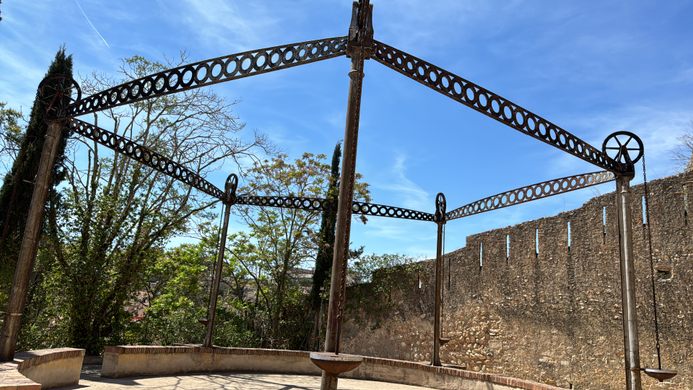
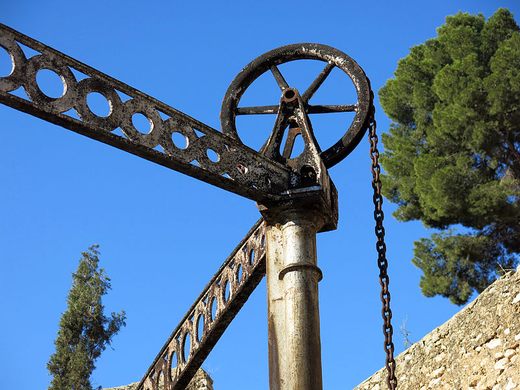









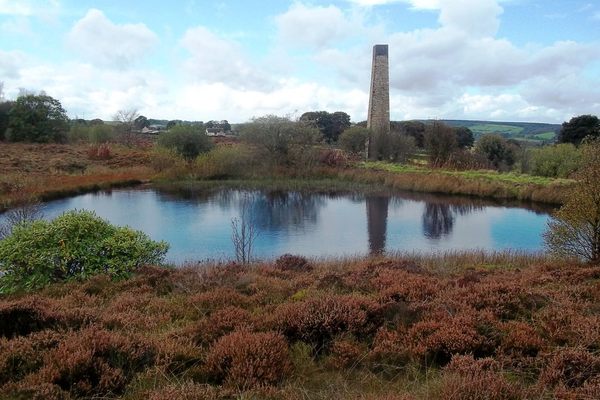
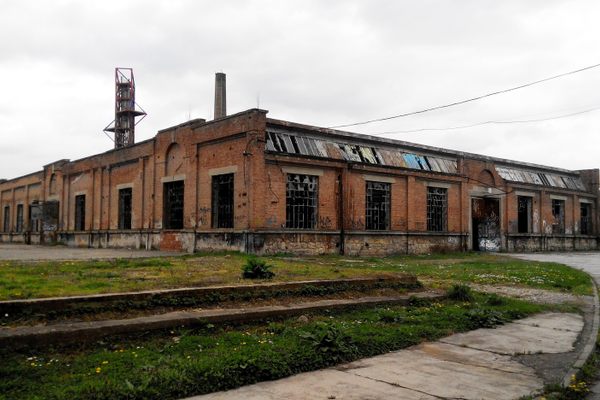
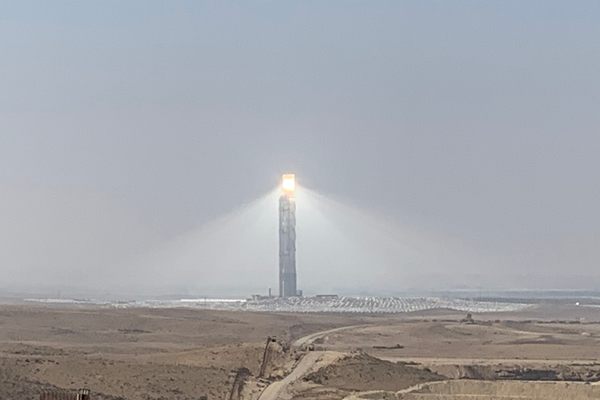

Follow us on Twitter to get the latest on the world's hidden wonders.
Like us on Facebook to get the latest on the world's hidden wonders.
Follow us on Twitter Like us on Facebook